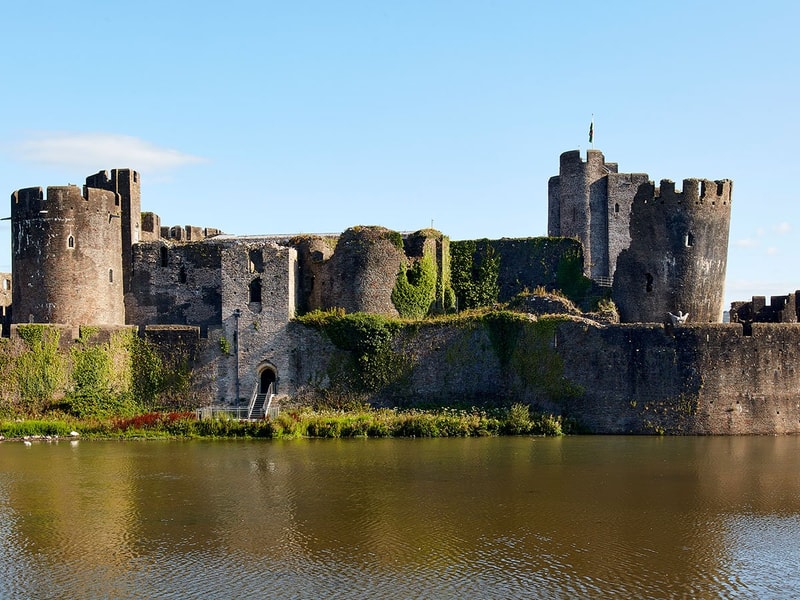
Key takeaways
150
tonnes of scaffolding constructed around the ship
1,509
sheets of plasterboard used
2,638
m of metal work
-
Conserved a vital piece of history, King Henry VII’s warship the Mary Rose, discovered in 1982, the artifact has undergone continuous preservation.
-
Monitored strict environmental conditions, including temperature remaining at 19C and humidity levels at 54%, critical to the artifact’s stability and life.
-
To maintain the environment, all materials had to be brought through two doorways, including six storeys worth of scaffolding, requiring innovative logistics.
Henry VIII’s favourite warship, the Mary Rose, was raised from the seabed in 1982 and has been undergoing continuous conservation ever since. When the ship reached a stable state in her controlled air-drying stage in 2015, we embarked on a journey with the Mary Rose Trust and the design team to create new viewing galleries that allow the public to witness the ship as never before.
Our mission was to remove the ‘hot box’—a fully insulated structure that cocooned the ship during the conservation process—and install permanent glazed screens on two levels. An open viewing deck with airlock chambers was crafted on the upper deck. Strict environmental controls were essential to maintain constant temperature and humidity levels, crucial for the ship's preservation. Temperature was meticulously kept at 19ºC and humidity at 54%, vital for the artefact's stability and longevity. Contractors entered the site through an airlock, diligently monitoring conditions.
To preserve this delicate environment, all materials had to be manoeuvred through two small doorways. With tonnes of scaffold and large glazing panels required, this was no small feat. Six storeys of scaffold were erected around the ship, with tools and ladder beams securely tethered to prevent any mishaps. An innovative rolling working gantry was designed and constructed to remove roof trusses in sections over the ship. As the only 16th-century warship on display in the world, and an irreplaceable piece of history, we had to adopt ingenious methods to ensure the artefact remained unscathed.





















